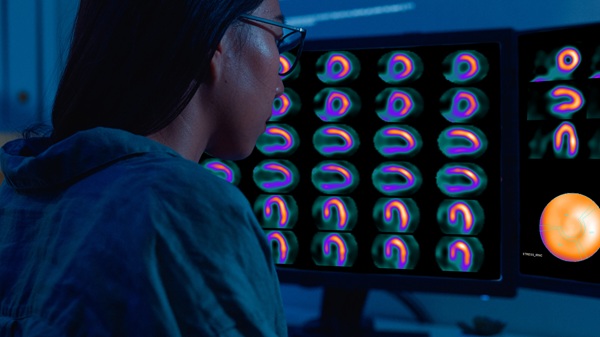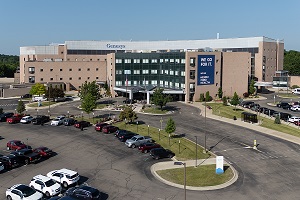New Genes Identified May Unlock Mystery of Keloid Development
DETROIT – Researchers at Henry Ford Hospital in Detroit have uncovered previously unidentified genes that may be responsible for keloid scarring, a discovery that could unlock the mystery of keloid development and provide insight for more effective treatment.
“Much of the uncertainty surrounding keloids is rooted in there being no known cause for their development,” says study lead author Lamont R. Jones, M.D., vice chair, Department of Otolaryngology-Head and Neck Surgery at Henry Ford.
“But it is believed that keloids have a genetic component given the correlation with family history, prevalence in twins, and its predisposition in darker skin.”
Results from the study were presented this week at the American Academy of Facial Plastic and Reconstructive Surgery’s 11th International Symposium in New York City.
Keloid scars form raised, firm skin areas that may become itchy, tender, and painful. Unlike regular scars, keloids do not subside over time and often extend outside the wound site.
Keloids most often occur on the chest, shoulders, earlobes (following ear piercing), upper arms and cheeks. The lowest rates of keloid formation have been documented in albinos and the highest seen in dark skinned individuals, especially in the African-American population.
Treatment for keloids includes cortisone injections, pressure dressings, silicone gels, surgery, cryosurgery (freezing), laser treatment, or radiation therapy. A combination of treatments may be used, depending on the individual.
In some cases, keloids return after treatment, up to 50 to 100 percent of the time.
For the Henry Ford study, Dr. Jones and his colleagues used six fresh keloid samples and six fresh normal skin samples in which genome-wide profiling was previously done. This effort identified 190 statistically significant regions of DNA that were mapped to 152 keloid specific genes.
The 152 genes were uploaded into the Ingenuity Pathway Analysis software, which integrates genes and molecules that are part of the same biological functions or regulatory networks interacting together.
Among 152 unique genes, the researchers found 10 genes that demonstrated an increase of the cellular components and regulatory pathways important to the biological processes in keloid development.
In all, the researchers were able to show that certain keloid genomes are present in known bionetwork pathways involved in critical biological functioning and signaling events in the cell.
Dr. Jones notes the importance of this new information and how it can be used to “further refine the screening process for biological significance in hopes of better understanding the pathogenesis and molecular targeted therapy for keloid disease.”
“By identifying the genetic cause, it may be possible to develop better treatments for keloids in the near future,” he says.
In addition to Dr. Jones, study co-authors from Henry Ford are George Miguel, DO; Joshua Greene, M.D., George Divine, Ph.D., Kang Mei Chen Ph.D., Maria J. Worsham, Ph.D.
.svg?iar=0&hash=F6049510E33E4E6D8196C26CCC0A64A4)

/hfh-logo-main--white.svg?iar=0&hash=ED491CBFADFB7670FAE94559C98D7798)





